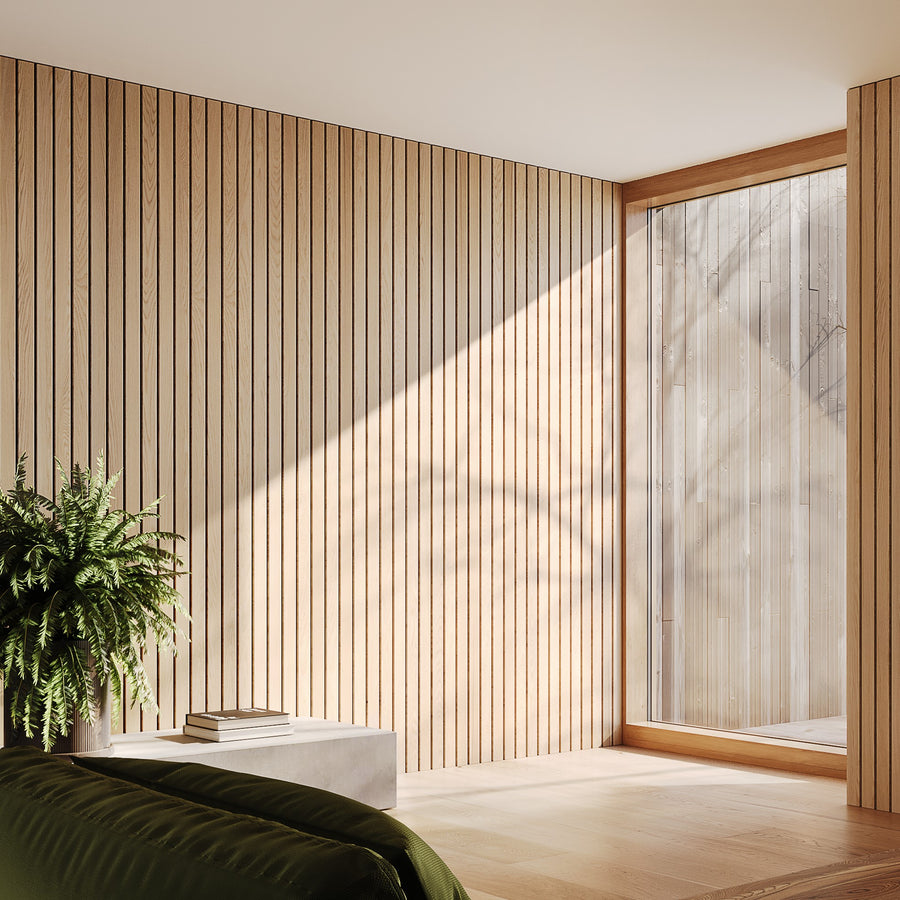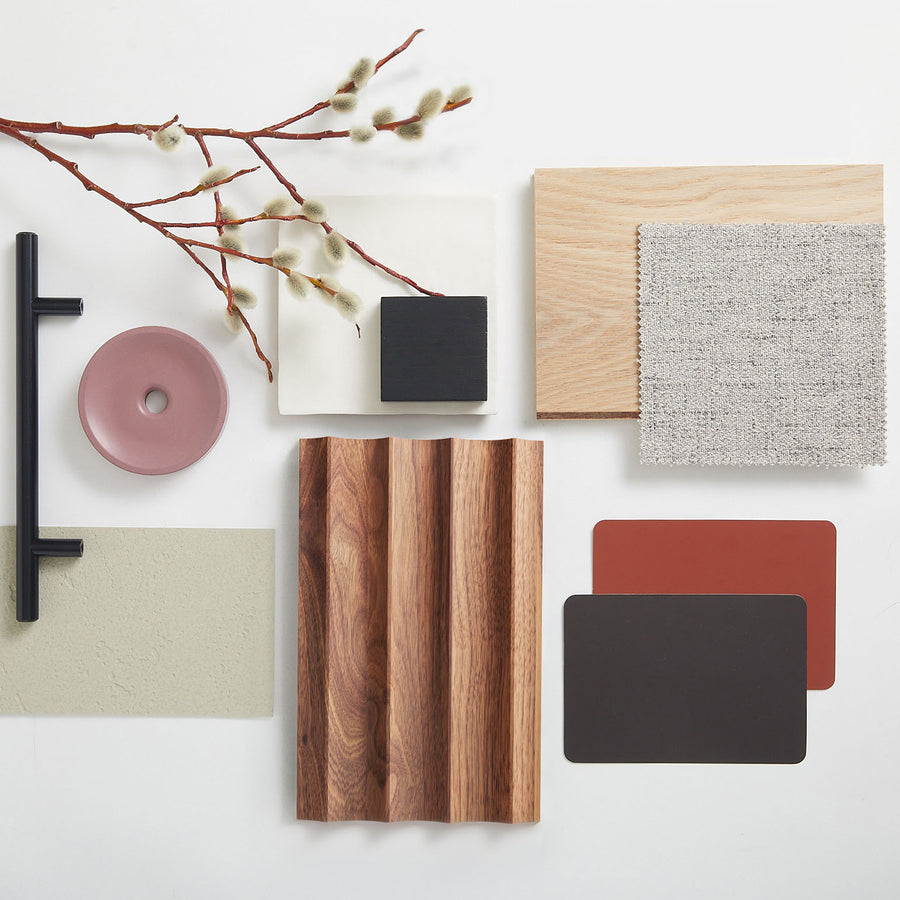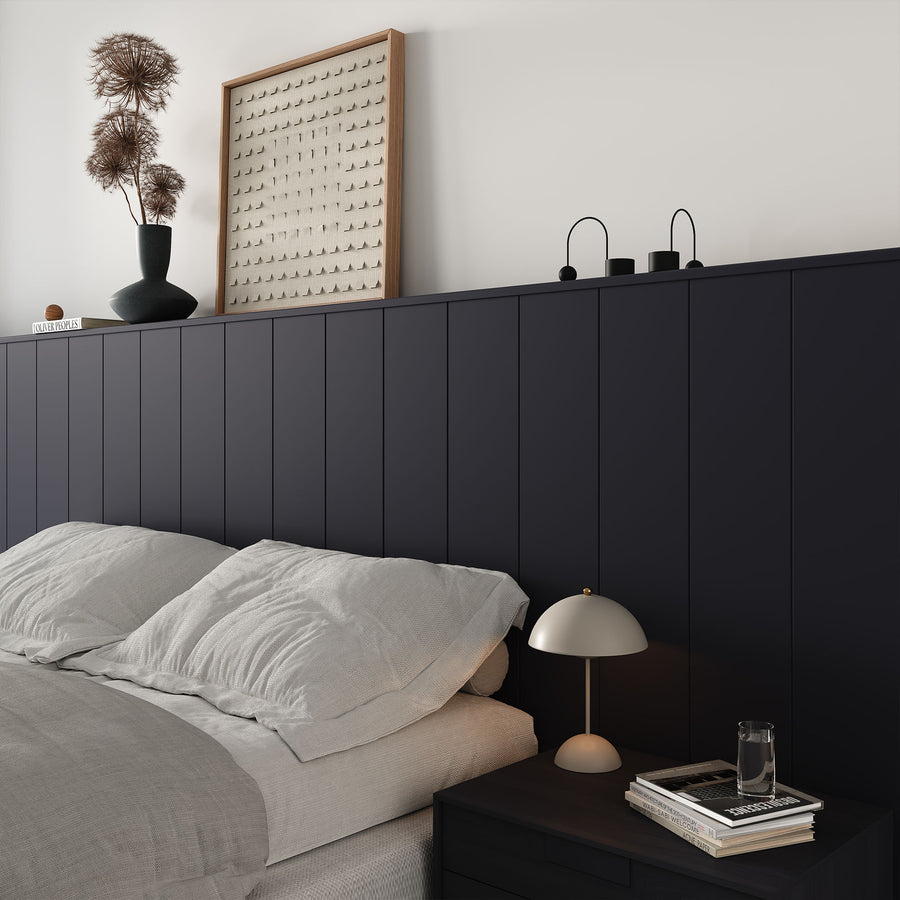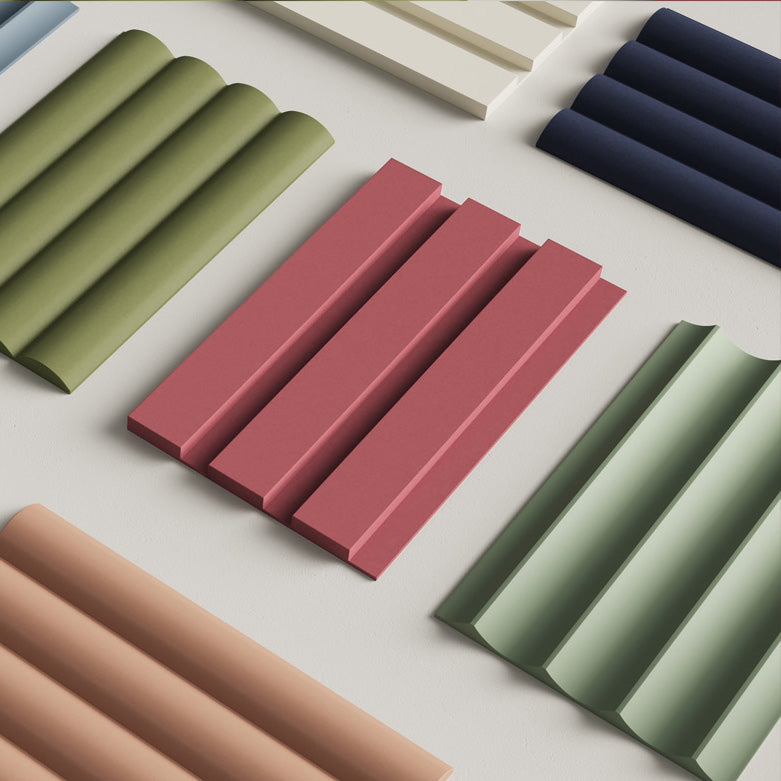How to Use Room Dividers to Separate Your Hallway

When it comes to interior design, hallways often get overlooked. They’re typically seen as transitional spaces, mere pathways from one room to another.
However, hallways hold significant potential to enhance the overall design and functionality of your home.
Historically, room dividers have been used across cultures to define spaces, from ornate Japanese shoji screens to grand European folding partitions. These pieces were not just functional but also served as artful additions to living spaces.
In modern design, room dividers have evolved into versatile tools. They help manage space effectively, especially in open-plan layouts or smaller homes where every square foot matters.
Whether you’re aiming to separate a hallway from an adjacent living area or create distinct zones within the space itself, a well-chosen room divider for hallway use can transform your home's flow and aesthetics.
Beyond functionality, room dividers also add texture, depth, and even acoustical benefits, turning an often-neglected area into a design feature.
Room Dividers that Blend with Existing Decor
Consider Room Divider Proportions
The size of your room divider can make or break the visual balance of your hallway. In narrow hallways, opt for slim or vertically oriented dividers to prevent the space from feeling cramped.
Use Lighting Effectively with Hallway Room Dividers
The Crittall-style windows in this space, with their bold black-framed glass panels, are a prime example of how to use a room divider for a hallway to blend functionality with style.
These timeless dividers, originally designed in 19th-century England for factories and greenhouses, have become a modern favorite for creating defined spaces without compromising light.
By allowing natural light to flow freely, they help transform narrow or dark hallways into bright, inviting areas.
Why settle for just aesthetics when you can inject some life into your hallway? Incorporating plants into your room divider for hallway design adds vibrancy and warmth.
If you’re not a plant whisperer or your hallway has limited light, faux greenery is a fantastic alternative. They offer all the visual appeal without the watering schedule.
To really up the ante, pair greenery with dividers crafted from natural materials like bamboo or reclaimed wood. This combo channels the biophilic design trend, which emphasizes a harmonious relationship between indoor spaces and nature.
And let’s face it, nothing impresses your guests more than a hallway divider that doubles as a mini indoor garden. It’s stylish, functional, and guaranteed to turn your once-overlooked hallway into a conversation starter.
Adding French Doors to Separate Hallway From Room
Use Shelving Dividers to Separate Hallway From Living Room
A bookshelf like this one does more than just hold your books, it’s the MVP of multitasking furniture, pulling double duty as a room divider that’s equal parts practical and stylish.
With its open-back design, this wooden shelving unit doesn’t just separate spaces; it keeps things light and breezy, so your living room and hallway can stay on speaking terms. Plus, no one has to feel like they’re trapped in a cubicle, a win-win!
Wicker Panel Wood Door Hallway Divider
The wicker panel wood doors in this hallway are proof that even the most boring stretch of space can get a serious glow-up.
Designed by the talented folks at Studio Yablonska, these custom-made doors were crafted by a local vendor to be anything but ordinary. Say goodbye to bland white doors and hello to this dynamic duo of style and practicality.
The warm wood frame combined with the airy wicker panels not only looks stunning but also keeps things functional by letting light in and keeping cold air out, because no one wants to feel like they’re walking through a freezer to get to the living room.

Use Curtains for a Soft, Movable Room Dividers
Curtains are a versatile and cost-effective way to create separation in your hallway while adding a touch of style.
For a cozy, dramatic look, opt for heavy fabrics like velvet or thick cotton. These materials not only divide the space but also add a layer of sound insulation. If you prefer a lighter, more open feel, go for sheer linen or gauzy fabrics that allow natural light to filter through.
The beauty of using curtains is their flexibility, you can easily draw them back to open up the hallway when needed, making them perfect for multipurpose spaces.
Conclusion
Room dividers offer a creative and functional solution for redefining hallway spaces. Whether you choose freestanding screens, shelving units, or built-in designs, there’s a style to suit every home.
By considering factors like material, functionality, and existing décor, you can find the perfect room divider for hallway needs. These versatile elements not only enhance your home’s layout but also elevate its overall aesthetic.
With the right choice, your hallway can transform from a mere passageway into a stylish and purposeful part of your living space. Embrace the possibilities of room dividers, and enjoy the blend of beauty and practicality they bring.











































Leave a comment